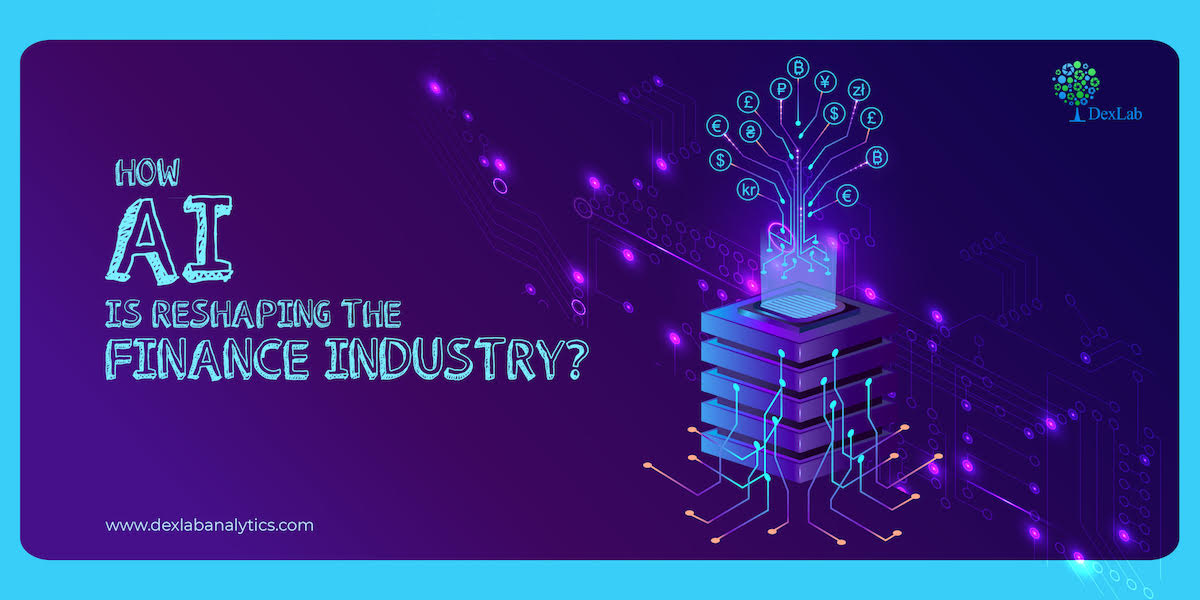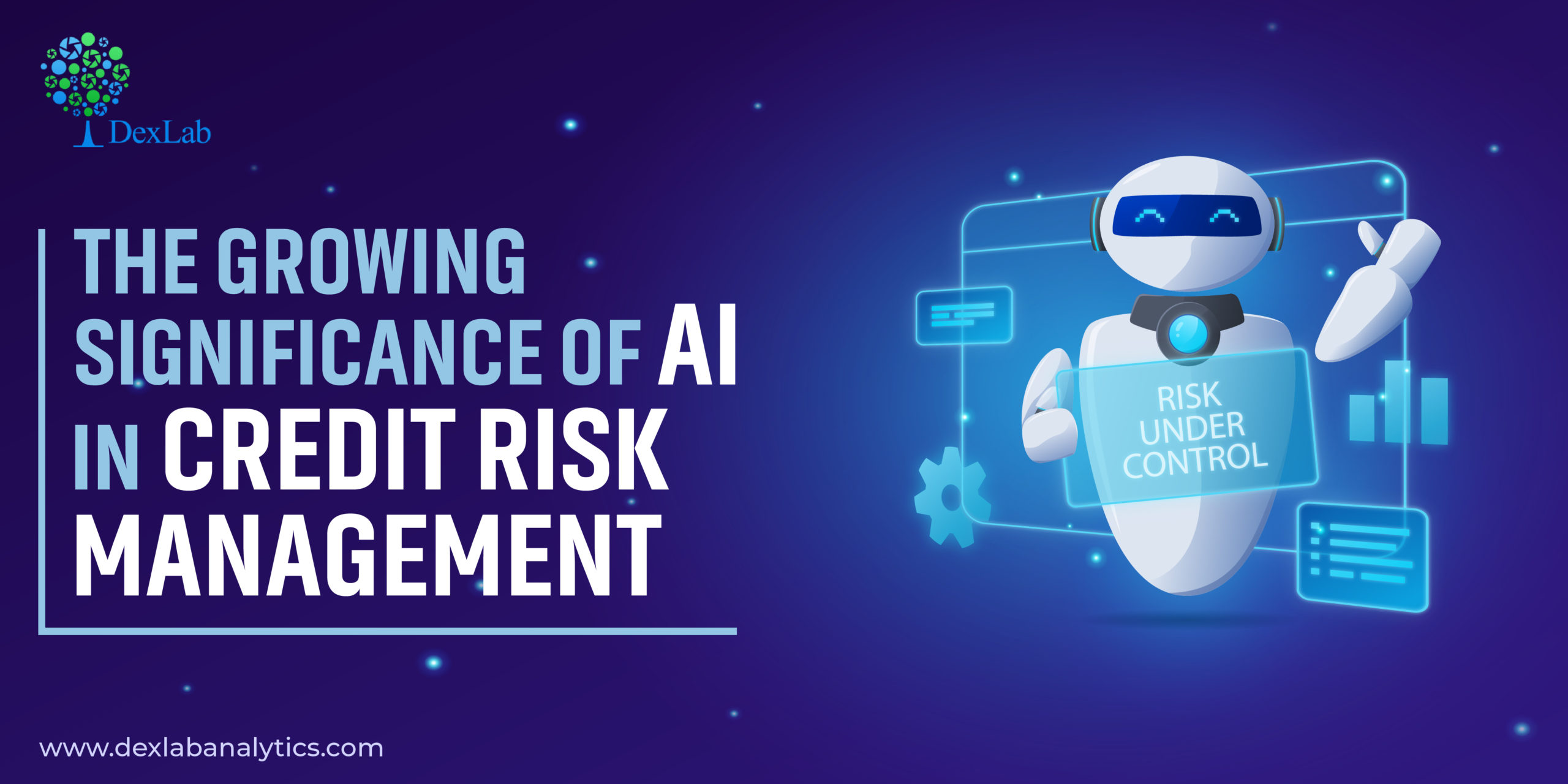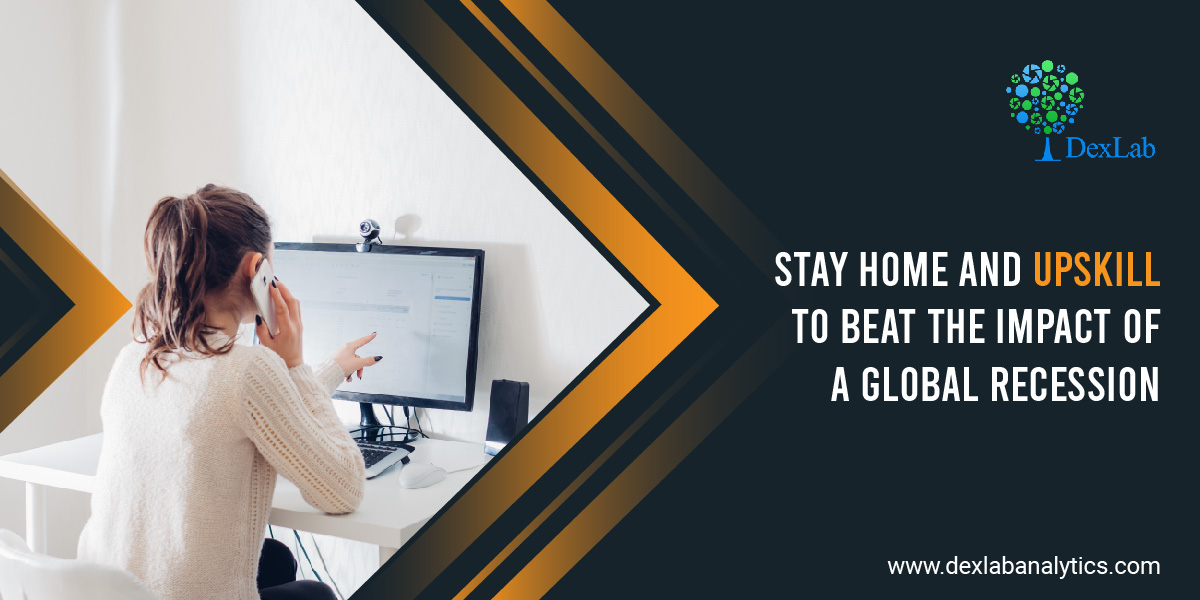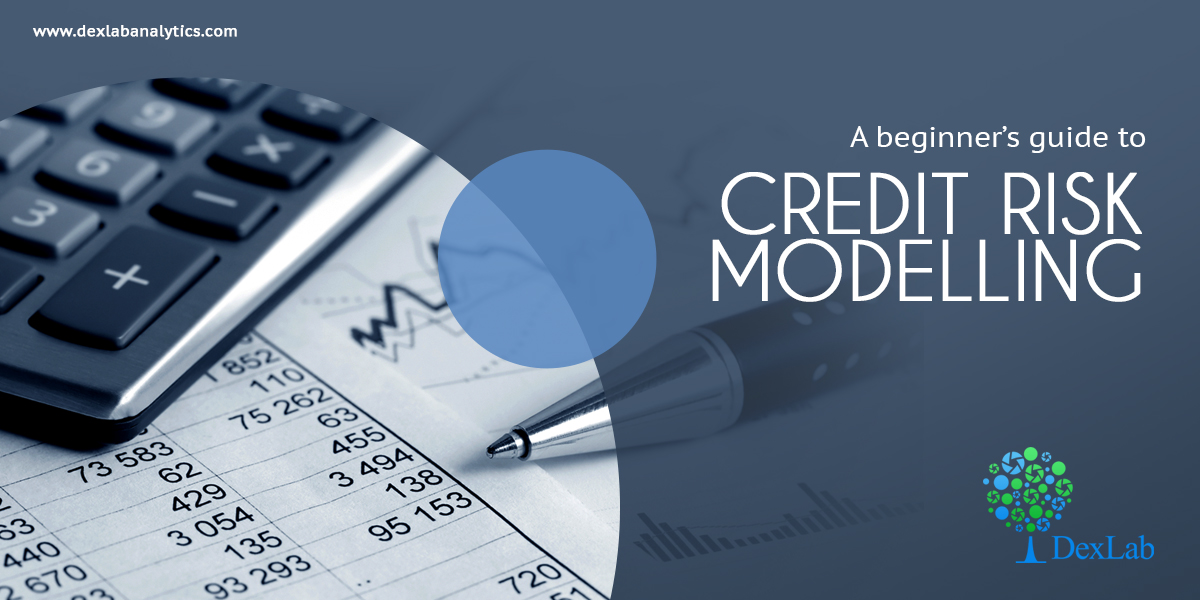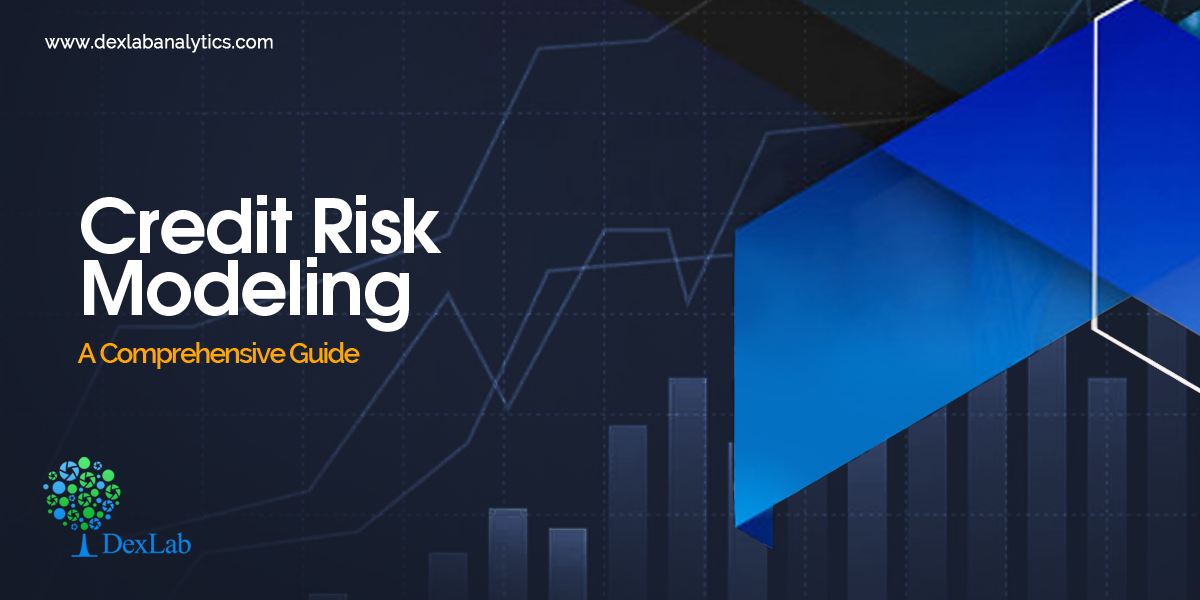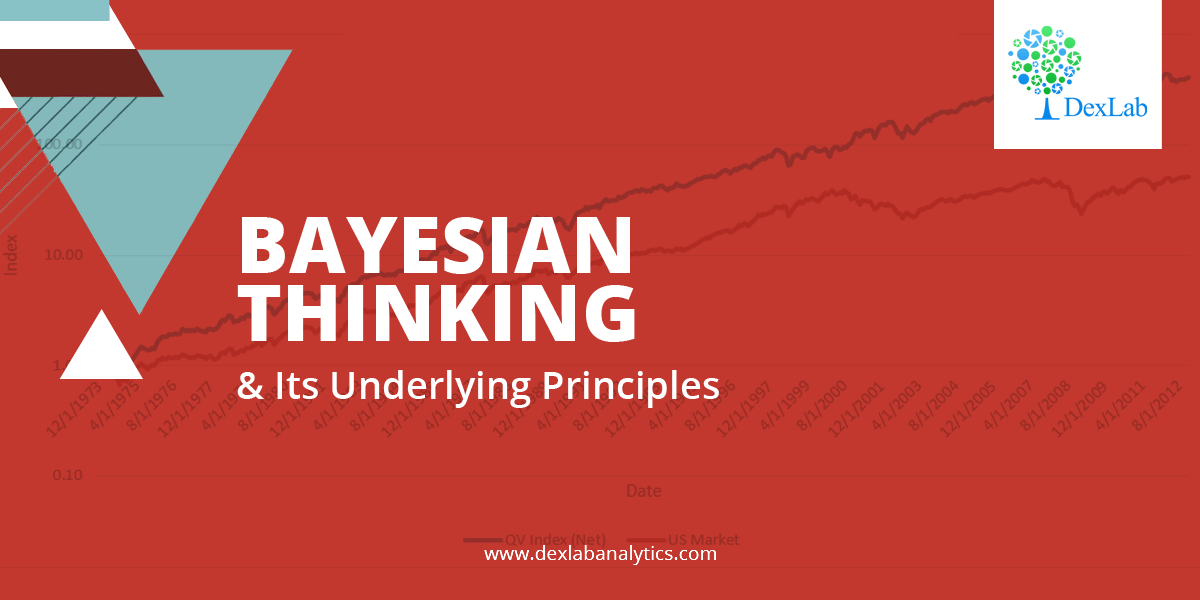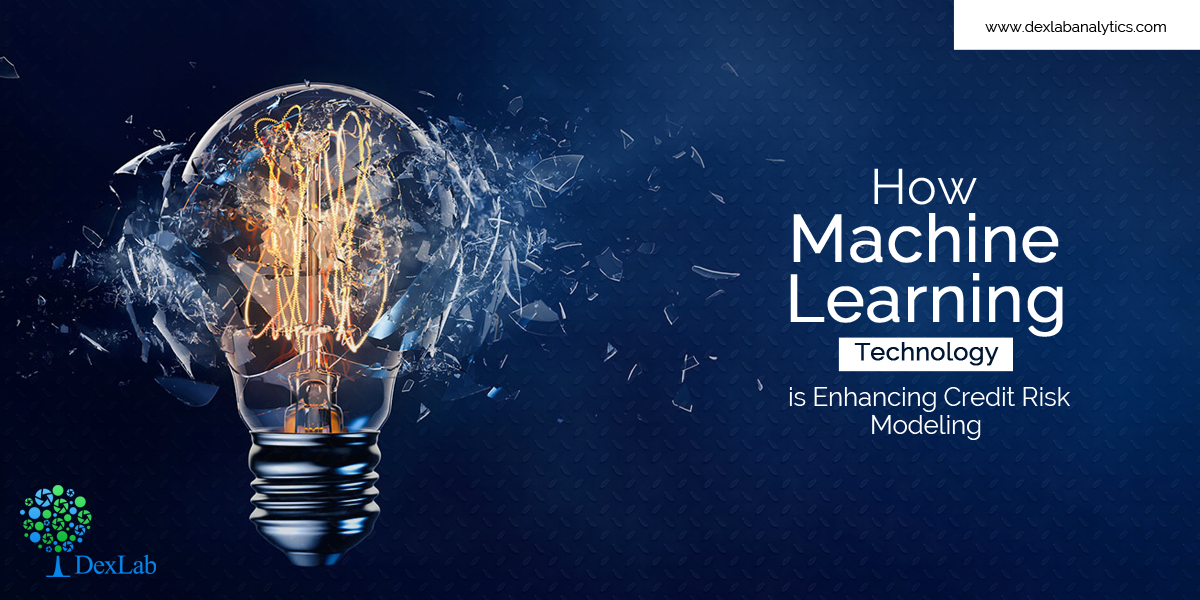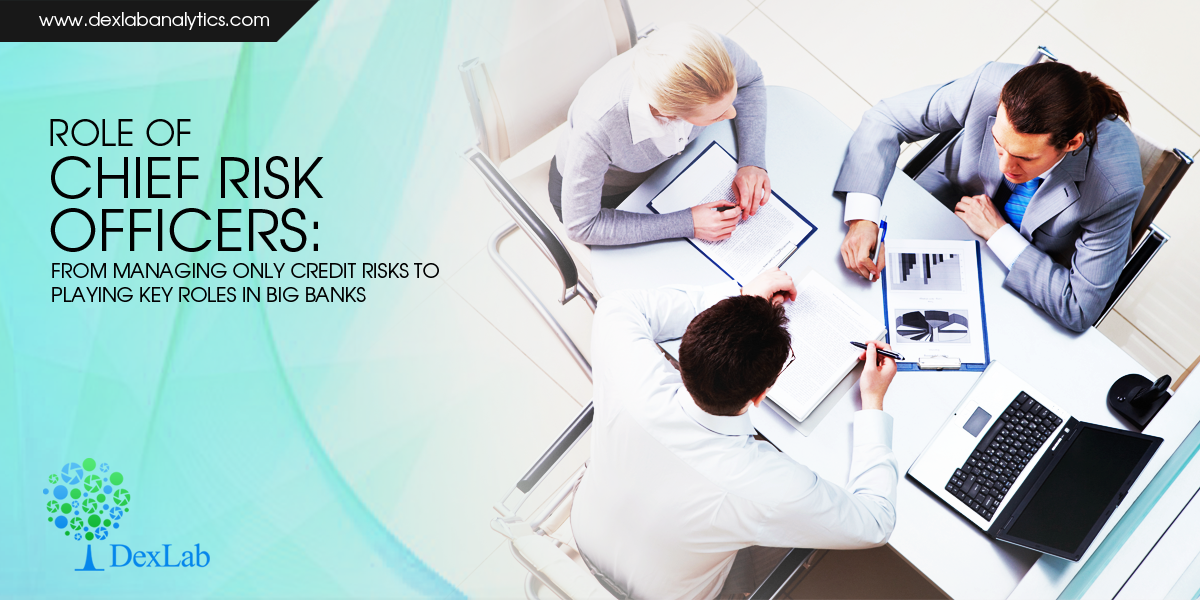Technology is bringing about rapid changes in almost every field it touches. Traditional finance tools no longer suit the current tech-friendly generation of investors who are now used to getting information, service at their fingertips. Unless the gap is bridged, it would be hard for firms to retain any clients. Some of the financial firms have already started investing in AI technology to develop a business model that satisfies the changing requirements of the customers and leverages their business.
The adoption of AI has finally enabled the firms to have access to customer-centric information to develop a plan that suits their individual financial goals and offer customer-centric solutions to offer a personalized experience.
AI is impacting the financial industry in more ways than one. Let’s take a look
Mitigating risks
The application of AI has enabled institutes to assess risk factors and mitigate risk. Implementation of AI tools allows the processing of a huge amount of financial records that comprise structured as well as unstructured data to recognize patterns and predict the risk factors. So, while approving a loan, for example, an institute could be better prepared as it would be able to identify those customers who are likely to default and having personnel with a background in credit risk management courses can certainly be of immense help here.
Detecting fraud
One of the most niggling issues faced by the banking institutes is a fraud, and with AI application being available fraud identification gets easier. When any such case happens it becomes almost impossible for institutes to recover the money. Along with that the banks especially also have to deal with false positives cases that can harm their business. Credit card fraud cases also have become rampant and give customers and banks sleepless nights. AI technology could be a great weapon in fighting and preventing such cases. By analyzing data regarding the transaction of a customer, his behavior, spending habits, past cases if any, an oddity could be easily spotted and an alarm could be sent to monitor the situation and take measures accordingly.
Trading gets easier
Investment always comes with a set of risks, the changing market scenario could certainly put your money in a volatile situation. However, with AI in place, the large datasets could be easily handled, and detecting market situations can help to make investors aware of the trends and they can change their investment decision accordingly. Faster data processing leads to quick decision making and coupled with an accurate prediction of the market situation, trading gets smarter as an investor can buy or, sell stock as per stock trends and stay risk-free.
Personalized banking experience
The integration of AI can offer customers a personalized financial experience. The chatbots are there to help the customers manage their affairs without needing any intervention. Be it checking balance or, scheduling payments everything is streamlined. In addition to this, the customers now have access to apps that help keep their financial transactions in check, track their investments, and plan finances without any hassle. There have been a dynamic progress in the field of NLP and the chatbots being developed now are getting smarter than ever and pursuing a natural language processing course in gurgaon, could lead to lucrative job opportunities.
Process Automation
Every financial institution needs to run operations with maximum efficiency while adopting cost-cutting measures. The adoption of RPA has significantly changed the way these institutes function. Manual tasks which require time and labor could easily be automated and there would be fewer chances of error. Be it data verification or, report generation every single task could be well taken care of.

Examples of AI implementation in finance
- Zest Automated Machine Learning (ZAML) is a platform that offers underwriting solutions. Borrowers with little or, no past credit history could be assessed.
- Kensho combines the power of NLP and cloud computing to offer analytical solutions
- Ayasdi provides anti-money laundering (AML) detection solutions to financial institutes
- Abe AI is a virtual assistant that helps users with budgeting and saving while allowing them to track spending.
- Darktrace offers cyber security solutions to financial firms
The powerful ways AI is helping the financial institutes excel in their field indicate a promising future ahead. However, the integration is slowly taking place, and still, there is some uncertainty regarding the technology. With proper training from an analytics lab could help bridge the knowledge gap and thus ensure full integration of this dynamic technology.
.
